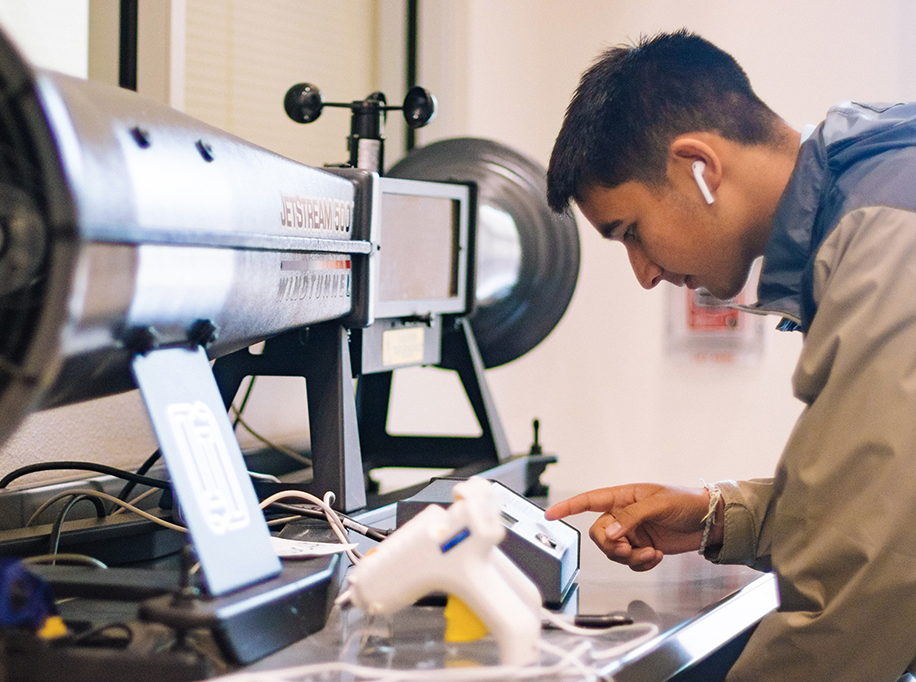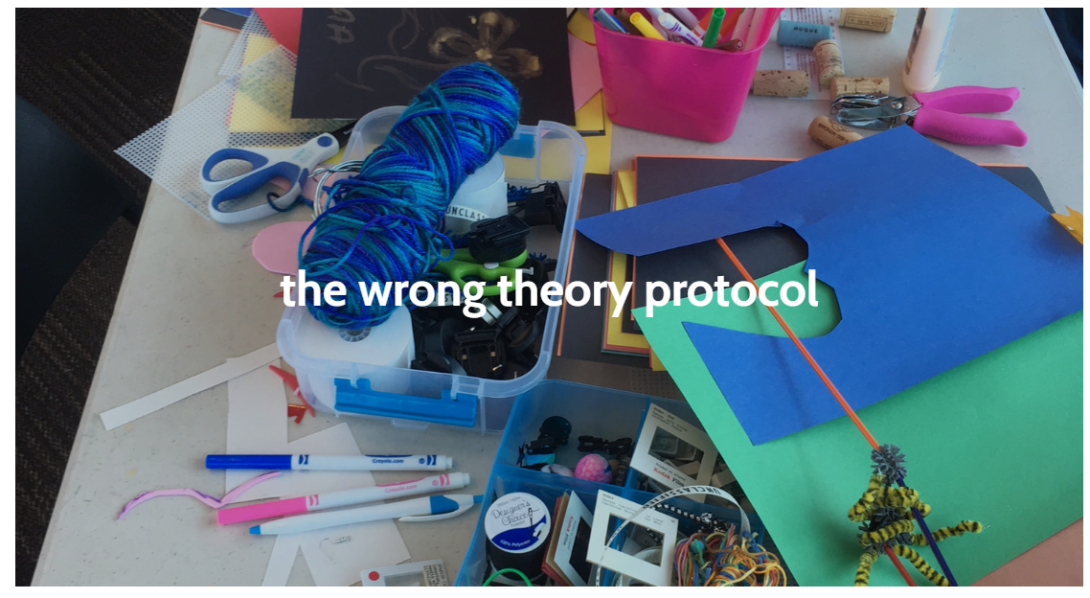Resources included in these libraries were submitted by ITEST projects or STELAR and are relevant to the work of the NSF ITEST Program. PDFs and/or URLs to the original resource are included in the resource description whenever possible. In some cases, full text publications are located behind publishers’ paywalls and a fee or membership to the third party site may be required for access. Permission for use must be requested through the publisher or author listed in each entry.
Research on Continuous Improvement: Exploring the Complexities of Managing Educational Change
PublicationAs a result of the frustration with the dominant “What Works” paradigm of large-scale research-based improvement, practitioners, researchers, foundations, and policymakers are increasingly embracing a set of ideas and practices that can be collectively labeled continuous improvement (CI) methods. This chapter provides a comparative review of these methods, paying particular attention to CI methods’ intellectual influences, theories of action, and affordances and challenges in practice. We first map out and explore the shared intellectual forebears that CI methods draw on. We then discuss three
STEM Dreams in Motion: Episode 2 - Ralph Ngaboyimana
VideoSTEM Dreams in Motion: Stories of Resettled People Episode 2 - Ralph Ngaboyimana Sponsored by the National Science Foundation - Promoting Aspirations in Science, Technology, Engineering, and Mathematics through Youth and Family Engagement (Grant No. 2045306) In Partnership with Arizona State
U.S. Energy & Employment Jobs Report
Publication
STEM Rising
PublicationThe Better Buildings Workforce Accelerator K-12 Resource Fact Sheet
Publication
Research on Continuous Improvement: Exploring the Complexities of Managing Educational Change
PublicationAs a result of the frustration with the dominant “What Works” paradigm of large-scale research-based improvement, practitioners, researchers, foundations, and policymakers are increasingly embracing a set of ideas and practices that can be collectively labeled continuous improvement (CI) methods. This chapter provides a comparative review of these methods, paying particular attention to CI methods’ intellectual influences, theories of action, and affordances and challenges in practice. We first map out and explore the shared intellectual forebears that CI methods draw on. We then discuss three
Assessing Research-Practice Partnerships: Five Dimensions of Effectiveness
PublicationWhile research-practice partnerships have emerged as a promising means of creating and applying relevant research evidence in settings where young people grow and learn, we’ve lacked definition in terms of what constitutes an effective partnership and how RPPs, funders, and other stakeholders might gauge and demonstrate such effectiveness. Offering a clear picture of the common goals that cut across diverse types of partnerships, Assessing Research-Practice Partnerships: Five Dimensions of Effectiveness outlines the elements that members of existing RPPs have reported are essential to their
CAREER: FRAMING AND REFRAMING AGENCY IN MAKING AND ENGINEERING (FRAME)
Instruments
What is the wrong theory protocol? The goal of this protocol is to support learners to take risks and understand the problem they are designing for. In this protocol, designers first briefly describe the design problem they are working on, then name the needs, constraints and requirements they identified. They are then asked to come up with the worst possible design, one that violates constraints and does not address needs, prior to generating good ideas.
ESTRELLA Expand Latinx Learners’ Authentic Experiences in Computer Programming
Curricular MaterialsThe curriculum was designed for and renovated through the participation and feedback of middle school students. It integrates basics of Computer Programming and Mathematics concepts and activities needed to represent digital video and color images. It draws on the almost natural motivation of users, middle school students, with digital image and video. The curriculum contains two Levels. Level-1 introduces the concepts of image and video representations. Level-2 takes these basic concepts to a next step by introducing object operations connected to videos, images, and even robots. The
The landscape of Block-based programming: Characteristics of block-based environments and how they support the transition to text-based programming
PublicationBlock-based programming (BBP) environments have become increasingly commonplace computer science education. Despite a rapidly expanding ecosystem of BBP environments, text-based languages remain the dominant programming paradigm, motivating the transition from BBP to text-based programming (TBP). Support students in transitioning from BBP to TBP is an important and open design question. This work identifies 101 unique BBP environments, analyzes the 46 of them and identifies different design approaches used to support the transition to TBP. The contribution of this work is to provide a snapshot